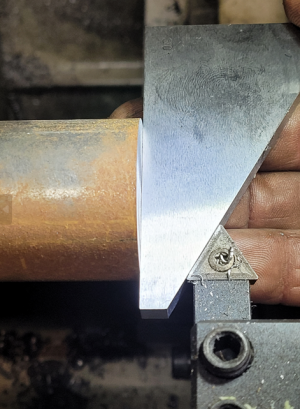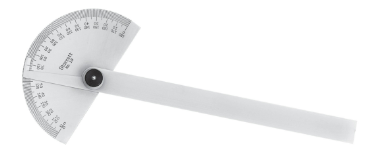- Joined
- Jul 20, 2016
- Messages
- 43
I have a 71 year old 13 inch South Bend lathe and the compound graduations are behind the compound and the graduations for turning tapers are kind of worn. And my eyes aren't that great at my age. Isn't there another way to find the degrees for turning tapers. Like maybe using a hand held protractor to find the taper. Thanks Ken G.



